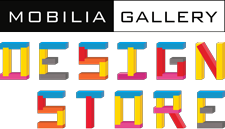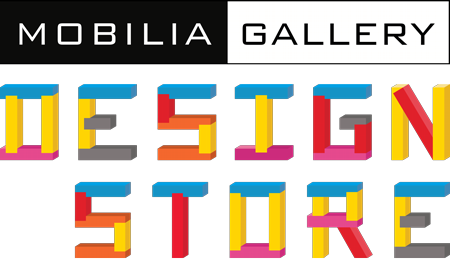SUE AYGARN-KOWALSKI
STATEMENT
My work takes the form of functional tools for the hand in metal, wood, and plastic. They are an argument for aesthetic experience over speed and efficiency, for skill over blind use, for self-reliance over dependencies, and for an absolute love of process. Like bookends, ideas concerning the hand and the informing sense of touch act as a nurturing cradle for my work. The objects I make result from my need to live actively, physically, and tactilely in an increasingly computerized world, and I offer my work as a counterpoint to digital culture.
I believe that through the combination of hand and mind the most powerful resource in the evolution of humans emerged – the ability to fabricate and to use tools. The result was and continues to be, the ability to affect, guide, and in large degrees to control (for better or worse) the conditions that make up both our physical and social environments. As tool users, I believe we grow to be better members of society; more resourceful, more expressive, more self reliant, and more physically connected to our communities. These collective beliefs drive my artistic desire to celebrate the direct, self-informing, and tactile relationship between hand, tool, and user.
HAMMER PROCESS
My hammers are meant to be functional as well as sculptural. I fabricate them from exotic hardwoods and a variety of metals. The colors in the wood are naturally occurring, not painted or dyed. Individual components are made using a combination of lathe-work and hand-fabrication. I start by slicing, sanding, and stacking alternating pieces of different types of exotic hardwoods, aligning the grain as each piece is glued and clamped on a stainless steel center shaft, which gives strength to the hammer body. The metal components of the hammers (brass or bronze tails, necks, and heads) are screwed on to the threaded shaft using taps and dies. The wooden handles are hand-turned on a lathe at different points in the process, sometimes before metal components are added and sometimes after. I don’t use any CAD design; each hammer is made using freehand turning and multiple polishings. Sometimes the hammers are loosely based on animal forms and one hammer seems to inform the shape of the next to be made.
SELECTED COLLECTIONS
Museum of Fine Arts, Boston, MA
Museum of Art and Design, New York, NY
Duxbury Art Complex Museum, Duxbury, MA
Numerous private collections throughout the United States


